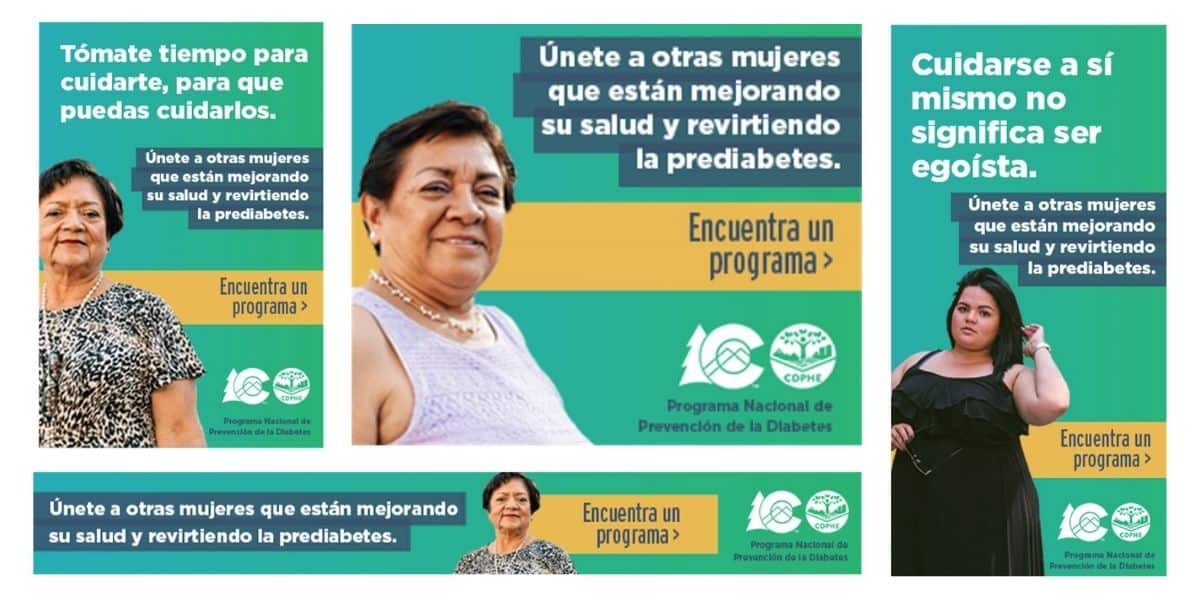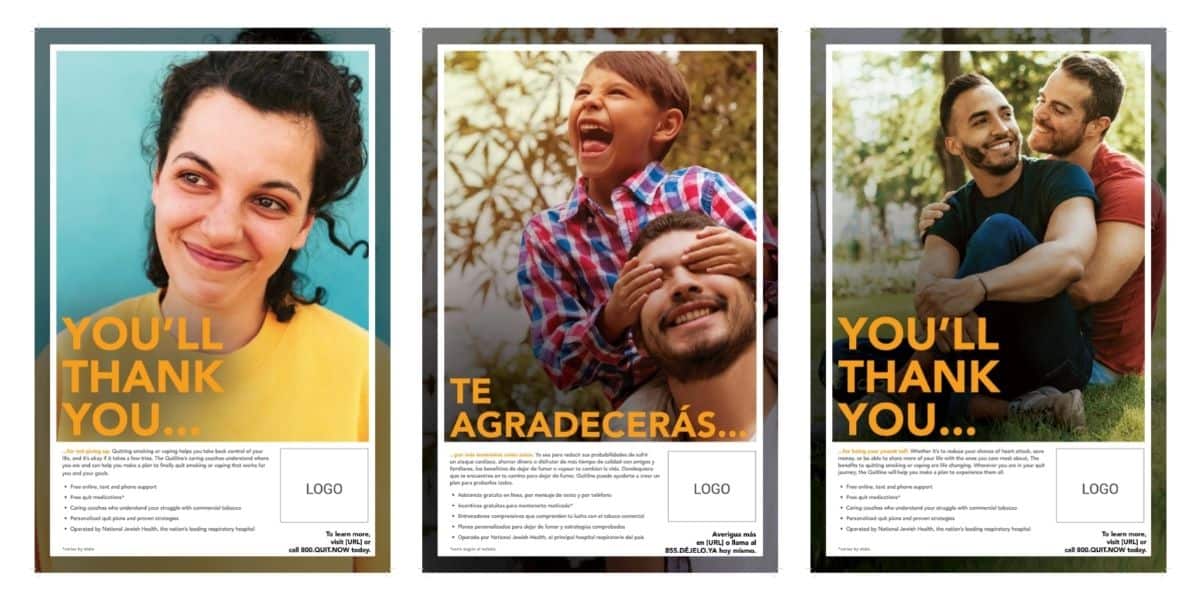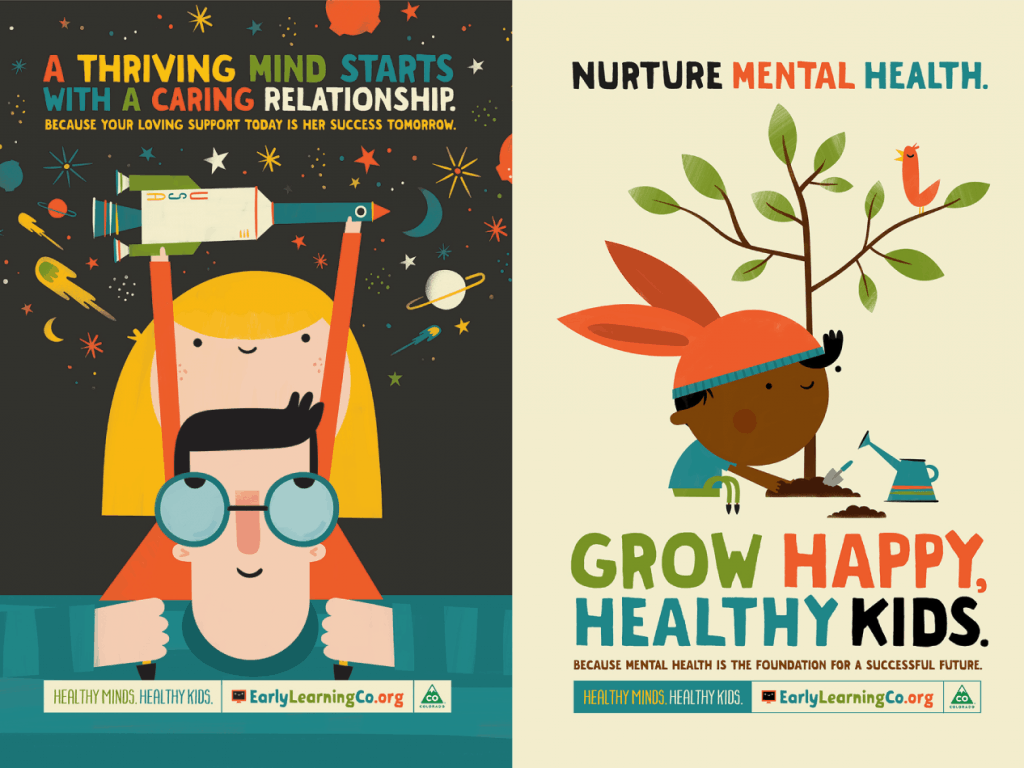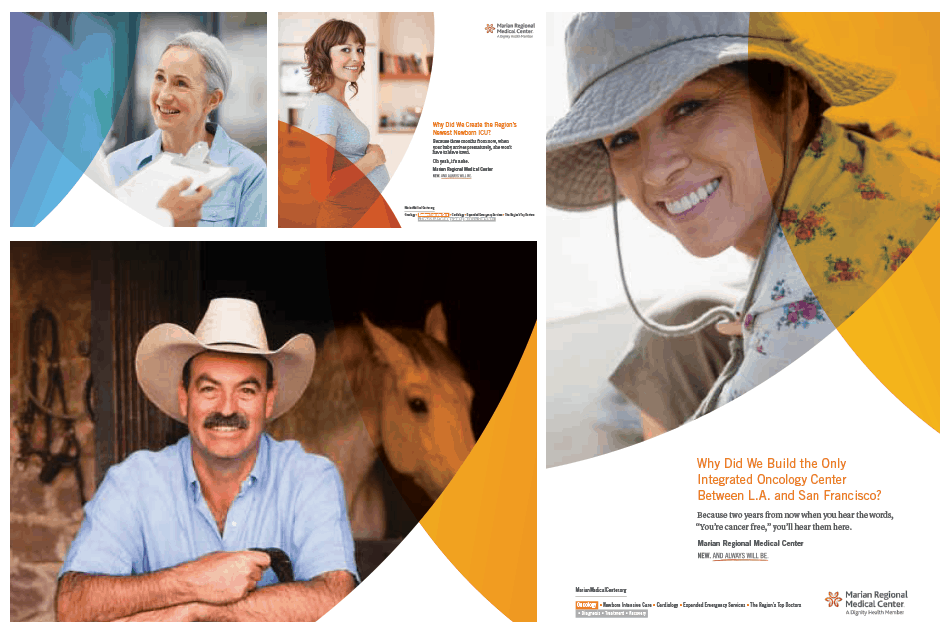Today’s communications practice demands projects that are smart, visual, shareable and integrated from top to bottom. This requires a fluid blend of disciplines, skill sets and personnel to develop great campaigns.
As communications practice has changed, so too have the needs of government and nonprofit organizations. Like the big brands, they need to demonstrate outcomes, find greater efficiencies and leverage new channels for their work. In these, they’ve been playing catchup to the private sector.
Though they may be behind the curve, nonprofits and government programs are moving to incorporate emerging tools and practices to enhance their communications. Here is a handful of the changes we’ve seen over the past year.
1. Committing to content
While it’s nothing new to big brands, government and nonprofit organizations recognized that simply hiring a Millennial to post to their Facebook page didn’t result in audience engagement. It just created a stream of content on their social channels, tied to theme weeks and holidays, without any meaningful audience engagement.
As a result, they saw little return on their investment.
Like it or not, today’s owned and social media platforms require continual development and curation of thoughtful and strategic content that provides real value for their audiences throughout the year.
To that end, nonprofits and public agencies have started investing in development of a content strategy and hiring staff or engaging consultants to develop meaningful content. They’re also doing paid promotion of the content to ensure people actually see it.
2.Experimenting with influencer outreach
We’re not talking about your granddaddy’s influencer outreach – engaging traditional community and business leaders as part of a “grasstops” outreach strategy. We’re talking about connecting with individuals whose online presence gives them a unique and impactful channel for reaching key audiences.
For nonprofit and government agencies, relationships with social media personalities represents a whole new world of opportunities to share their cause and spread their mission. Depending on the audience, these bloggers, YouTubers and Instagrammers can provide the most direct, authentic and trustworthy information sources available.
There’s one catch: This new online influencer engagement process falls into somewhat of a gray area between earned, social and paid media. So, you can expect a pay-to-play model to access these channels.
3. Mining and leveraging data
Using data to inform communications and marketing strategies is nothing new in the private sector. Back in 2012, we read with great interest how big brands like Target were harnessing data insights to upsell and cross-sell products to customers at different points in their life.
For years, government and nonprofit organizations bemoaned the lack of meaningful data to inform their communications strategies. But today, they’re investing in data analysts and database and customer relationship management tools that make it possible to collect and analyze data continuously and in real-time.
Still, interpreting and leveraging data insights to improve outreach and engagement remains a struggle for many.
4. Harnessing the digital ecosystem
New tools and resources come on the market almost weekly. Today’s organizations have so many owned media channels they need new platforms just to coordinate them. Tools like Sprout Social and GatherContent are helping nonprofits and public agencies to manage their channels and ensure they’re getting the right content to the right people at the right time.
Though they may be behind the curve, today’s nonprofits and public agencies are beginning to incorporate these and other emerging trends. We expect 2016 to be the year they make significant progress using these new resources and practices.
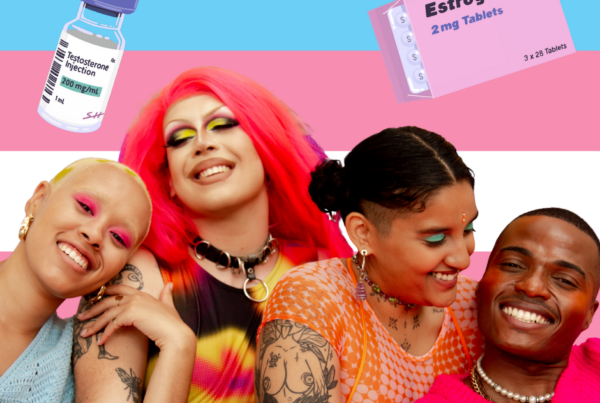
Picture this: you have an appointment with a dermatologist to discuss acne treatments. For the paperwork, you have to use a name that isn’t yours, and makes you uncomfortable when…

AI is a powerful tool that can help everyone work smarter, more creatively, and more efficiently. It also creates significant risk if we don’t handle it with care. Check out…


